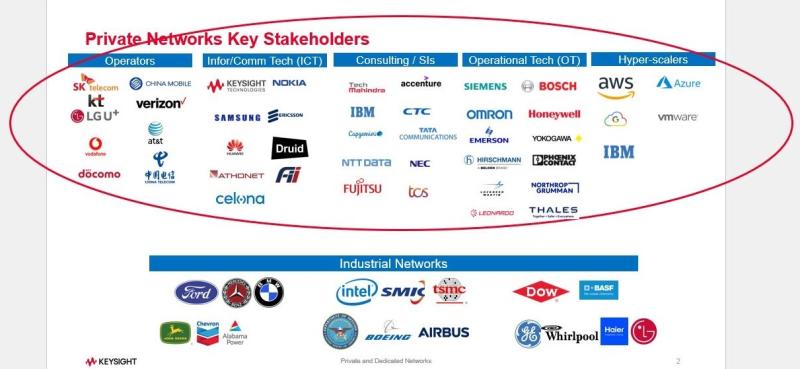The allure of open Radio Access Network (RAN) is virtualized, disaggregated architecture that allows for a diverse set of vendors and the ability to mix and match various pieces of the network. But if you’re a small or medium-sized enterprise, why would you want to complicate matters and deal with a bunch of vendors for a private network?
The role of open RAN in private networks is one of the topics to be discussed during the Fierce Wireless Open RAN Summit, a free virtual event, that runs from September 7-9.
Just getting a private network is a big enough project for some enterprises; they might not even have open RAN on their radar, said industry analyst Monica Paolini, president of Senza Fili. In a lot of respects, open RAN is in the early stages, with plugfests and other events still being staged just to prove that various vendors’ equipment works with other vendors’ gear.
However, “I think open RAN brings a benefit over traditional RAN. Things are getting better. There is a lot more interoperability tested out and proved out. It might be just a question of time,” she said.An enterprise could choose open RAN and still use just one vendor on Day One. In that scenario, interoperability isn’t an immediate issue.
“If you think about open RAN as a way to have multiple vendors, don’t do it,” she said. “You don’t need it. But I think there’s a much more important and deeper reason why you want to have open RAN.”
The benefit has to do with protection and future proofing. If you’re an enterprise that wants to expand your network, or if you end up not liking your current vendor, “you have more options in the future,” she said. And if interoperability is a concern, you can do open RAN with a single vendor and not have to worry about interoperability. Then when interoperability becomes less of an issue, you can add another vendor.
That said, she’s not advocating for an enterprise to specify in their RFP that they want their gear to be open RAN. “If I were an enterprise, I would just leave it open and say that you prefer open RAN. You don’t want to corner yourself and have fewer options,” she said.
Cost, performance
Jagadeesh Dantuluri, senior director, Private Networks at Keysight Technologies, said the industry is still in the early phases of open RAN adoption in both the macro and the private networking space.
So far, private network customers range from small and medium businesses (SMBs) and school districts to Industry 4.0 smart manufacturers. Smaller customers like school districts don’t want to deal with the complexity of mix and match solutions from multiple vendors; they typically prefer a complete solution from a single vendor, he said.

However, if the cost of the integrated open RAN solution is lower than a classic RAN solution with similar performance, the demand for open RAN in private networks could pick up fast and may even replace the traditional RAN networks, he noted.
For larger customers and customers such as Industry 4.0 manufacturing customers, the performance of the end-to-end network is key, he said.
“For the Industry 4.0 applications, we have been seeing a lot of interest from the operational technology (OT) players to adopt ORAN technology to decrease the overall cost,” he said, referring to companies along the lines of Siemens, Bosch, Honeywell and Emerson.
These companies understand the end customers’ workflow better and many times already have provided solutions such as process control and process automation. For example, Siemens provides its end-to-end private networks, installing and running them for customers. Their primary goal is low total cost of ownership (TCO) for them and for their customers, he said.